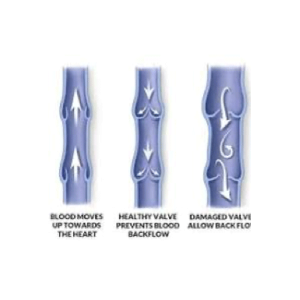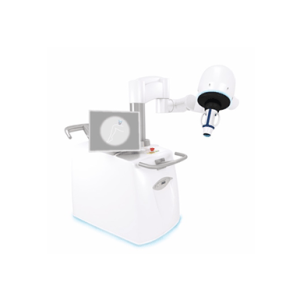WHAT ARE HIDDEN VARICOSE VEINS?
Hidden varicose veins are abnormal veins that cannot be seen on the surface but lie invisibly under the skin, causing venous reverse blood flow in the leg. These hidden varicose veins can still cause the same symptoms as those for skin varicose veins, manifesting as pain on long standing or sitting, swelling, tiredness, and heaviness in the leg or muscle cramps at night.
It is usually a slow progressive venous disease, and many symptoms are initially ignored as people commonly adapt. People tend to seek medical care only when signs manifest and swelling of the leg occurs. About 15 to 20% of adults are estimated to have hidden varicose veins. This high prevalence shows that venous reflux is more common than previously thought.
WHAT ARE THE CAUSES?
The cause of hidden varicose veins is the failure of valves in the veins that play an essential role in blood distribution in the leg to allow blood to flow only in one direction towards the heart against gravity and prevent it from flowing backward to the lower leg and foot. Ultimately, the blood can pool and leak into soft tissue, gradually causing inflammation and skin breakdown.

WHAT ARE THE RISK FACTORS?
Risk factors for developing hidden varicose veins in the leg include a family history of varicose veins, multiple pregnancies, prolonged exposure to sitting or standing, obesity and a sedentary lifestyle, birth control pills, hormonal replacement therapy, or blood clots. Specific behavioral and environmental factors, such as leg crossing, squats, heavy weight lifting, long-term sun exposure, or excessive heat, may also play a role.
Hidden varicose veins, if not appropriately diagnosed and left untreated long enough, may result in venous eczema, hyperpigmentation, thrombophlebitis, deep vein thrombosis, or venous ulcer formation.
It is crucial to understand that once symptoms and signs of venous disease appear, a vein specialist should perform the appropriate diagnostics in the form of a duplex ultrasound scan to rule out venous reflux or incompetent perforators. Only early treatment can prevent possible complications from occurring and treat the condition effectively when symptoms and signs develop.
HOW CAN WE TREAT HIDDEN VARICOSE VEINS?
Treatment options include:
- Echotherapy (Sonovein) is the only 100 % non-invasive treatment with ultrasound from outside of the body.

- Thermal (EVLT or Microwave) or Non-thermal (Vena Seal glue) catheter-based endovenous ablation of failed and leaking valves in the vein.
- TRLOP – endovenous occlusion of incompetent perforators (bridging veins)
- Injections under ultrasound guidance (Sclerotherapy)
- Leg compression with elastic stockings plus some phlebotropic drugs or corticosteroid ointments may soothe but not eliminate the problem.
All these procedures can be performed only under local anesthetic, and there is no downtime afterward, and all patients can resume activities of daily living immediately. Mild post-procedure discomfort is improved or resolved with regular walking and, if necessary, by taking Panadol or Ibuprofen. Upper thigh-length compression stockings may be required after the procedure, depending on the procedure type. Improvement of the symptoms is usually within the first two weeks.
For more information about any of the above treatments or to book your consultation with Dr. Marek Sepiolo, please call +971 52 482 6784 or email info@evclinic.ae

